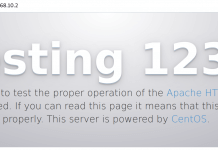
Ui_manager_user: manager # User who can access the UI manager section only Tomcat_ver: 9.0.52 # Tomcat version to install Remote_user: root # Update username for remote server Hosts: tomcat-nodes # Inventory hosts group / server to act on

Update variables in playbook file – Set Tomcat version, remote user and Tomcat UI access credentials $ vim tomcat-setup.yml.Update your inventory, e.g: $ vim hosts.The tomcat ansible role is available publicly on Github for use. Python version = 3.6.8 (default, May 19 2021, 03:00:47) Step 2: Clone Ansible role from Github Sudo apt-key adv -keyserver -recv-keys 93C4A3FD7BB9C367Ĭonfirm ansible installation: $ ansible -versionĬonfigured module search path = Īnsible python module location = /usr/lib/python3.6/site-packages/ansible Sudo apt-add-repository -yes -update ppa:ansible/ansibleĮcho "deb trusty main" | sudo tee /etc/apt//ansible.list

Sudo apt -y update sudo apt -y install software-properties-common Sudo yum -y install epel-release & sudo yum -y install ansible Install Ansible on your Linux system using the commands shared below. The main dependency on your Workstation is Ansible. This Ansible installation won’t work for Upstart or Sysvinit.

I assume you have a CentOS 7+, Ubuntu 16.04+ system with Systemd service manager. Ansible role to setup tomcat Environment Setup


 0 kommentar(er)
0 kommentar(er)
